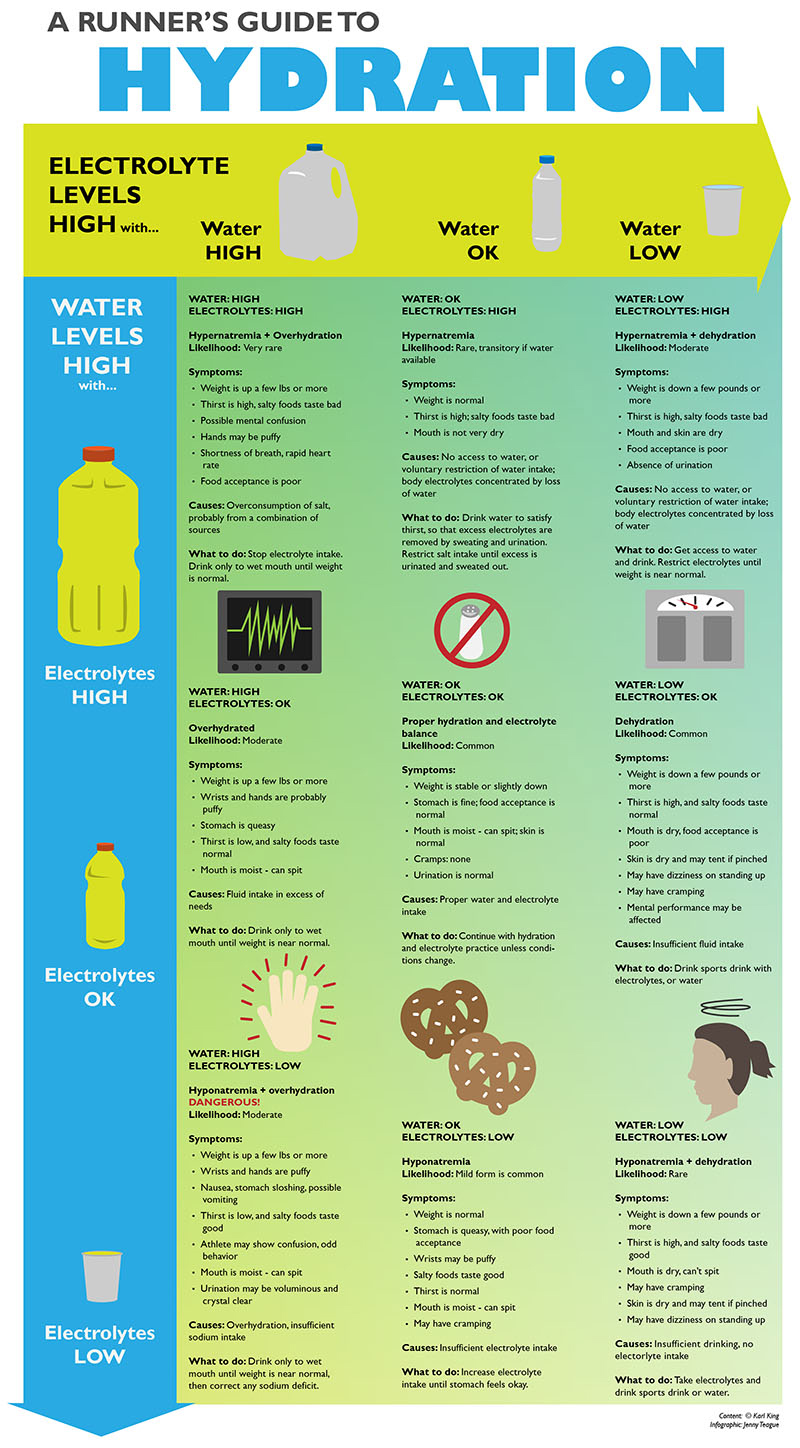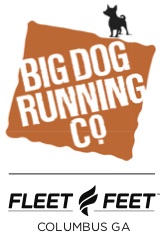A year ago, Holly Hattaway started a Couch to 5K program. She came in with no confidence and doubted her abilities to continue. Her first day out, she felt like she was struggling just to run 1 minute without stopping, but thanks to perseverance, great coaching, and accountability from her new-found running buddies, she was able to not only complete the C25K program, but go further with her running. Now Holly can run over 50 minutes non-stop and has her eyes set on completing a half-marathon.
Holly, who claims to be a slow-but-steady runner, said, “I always thought one day it is going to be easy. I learned quickly, it’s never easy. You just get better. I think that’s important.”
Even with her progress, she still has off days, but realizes that is just a part of being a runner. Some days she feels she is struggling, but she feels like a winner once she hits the track. Her confidence in her abilities has boosted significantly. “I am by far one of the slowest ones in the group, but that doesn’t bother me because I know I am faster than the person reading this article that never had the guts to give the program a shot.”
If you have a running story about a success you would like to share, send it to jenteague.357@gmail.com.



















